Приказ основних података о документу
'Urban Feudalism' of New Belgrade: The Case of Belville Housing Block
| dc.contributor | Phillips, Andrea | |
| dc.contributor | Erdemci, Fulya | |
| dc.creator | Erić, Zoran | |
| dc.date.accessioned | 2023-11-07T09:44:40Z | |
| dc.date.available | 2023-11-07T09:44:40Z | |
| dc.date.issued | 2012 | |
| dc.identifier.isbn | 978-3-943365-17-7 | |
| dc.identifier.uri | http://rifdt.instifdt.bg.ac.rs/123456789/3109 | |
| dc.description.abstract | The paper analyses the initial concept behind the building of New Belgrade, conceived after WWII, as a capital for the new Socialist Yugoslavia in a completely unpopulated space, ideal for inscription with new social projections and ideological constructs. The post-war idea of a new society had to be materialized in the form of new urban structures and the architectural shapes of the socialist city thus constituting a new administrative, economic, and cultural capital of the new country. However, due to political and economic reasons, already in the 1950s, the entire concept of constructing an administrative center for the socialist country was abandoned and in the next two decades, social housing prevailed in New Belgrade. The failure to create a complex multifunctional spatial-urban structure produced a central space in the capital city which remained as an economic, social and finally a spatial void. New Belgrade thus never managed to fulfil either the physical or the symbolic space envisioned by the ‘socialist society of workers’ self-management’. The ‘socialist city’ as exemplified in the case of Yugoslavia, did not necessarily imply social housing, but most cities that could be designated as such eventually developed into big (suburban) settlements of blocks of skyscrapers that were often perceived similarly to dormitories. In the period of post-socialism, the resulting thorough urban changes affected these city blocks as well, be it in the direction of gentrification, or as it often happened, towards socio-spatial transformation into “urban ghettos”. After the political changes occurred in the new Federal Republic of Yugoslavia in 2000, the earlier failure to realize the concept of full urbanization in New Belgrade made possible the creation of new social paradigms to be inscribed in this space and its urban structures. In this new context of rapid social and urban transformations, the driving forces that started to shape up the social as well as the physical space of New Belgrade were neo-liberal “predatory” capitalism and aggressive Orthodox Christianity. What we have witnessed is a particular socio-spatial development that could be even called “Urban Feudalism”. New Belgrade thus faced fast urban restructuring, both in terms of gentrification and ghettoization. On one side, there is the problem of a loss of public space that was never fully developed in New Belgrade and is now overtaken by big supermarkets and shopping malls. On the other side, the new segregation, which is driven mostly by economic, social, or even racial distinctions, has created both new luxurious blocks and new shanty towns. Particularly important, are the difficult questions facing urban areas with marginalized social groups like refugees, Roma people, or the Chinese community that were not accepted to certain blocks in New Belgrade. The case study for the analysis of the way new social space in New Belgrade is being produced is the housing block called Belville that was built on the occasion of the University Olympic Games by Delta company, and the adjacent new settlement of Roma people that was removed by the city officials decision from another area close to the river bank. | sr |
| dc.language.iso | en | sr |
| dc.publisher | Amsterdam: SKOR Foundation for Art and Public Domain; Berlin: Sternberg Press | sr |
| dc.rights | openAccess | sr |
| dc.source | Actors, Agents and Attendants - Social Housing-Housing the Social: Art, Property and Spatial Justice | sr |
| dc.subject | New Belgrade | sr |
| dc.subject | social housing | sr |
| dc.subject | public space | sr |
| dc.subject | socialist city | sr |
| dc.subject | urban transformations | sr |
| dc.subject | gentrification | sr |
| dc.subject | urban feudalism | sr |
| dc.title | 'Urban Feudalism' of New Belgrade: The Case of Belville Housing Block | sr |
| dc.type | Poglavlje u monografiji | sr |
| dc.rights.license | ARR | sr |
| dc.rights.holder | Publishers | sr |
| dc.citation.spage | 343 | |
| dc.citation.epage | 358 | |
| dc.type.version | publishedVersion | sr |
| dc.identifier.fulltext | http://rifdt.instifdt.bg.ac.rs/bitstream/id/10727/bitstream_10727.pdf | |
| dc.identifier.rcub | https://hdl.handle.net/21.15107/rcub_rifdt_3109 |

